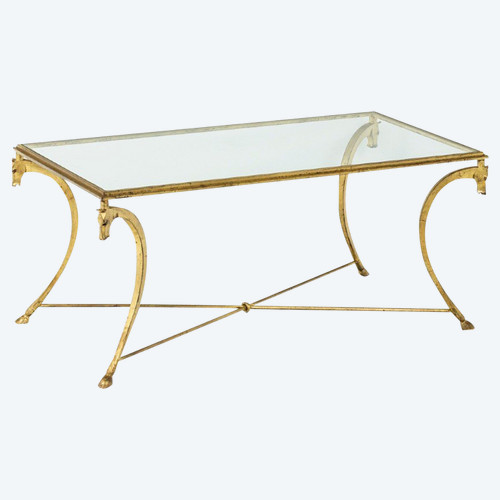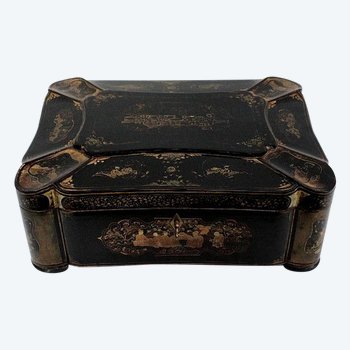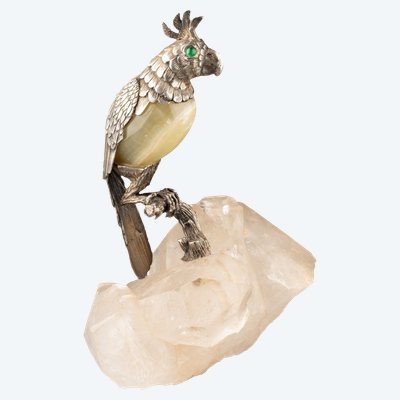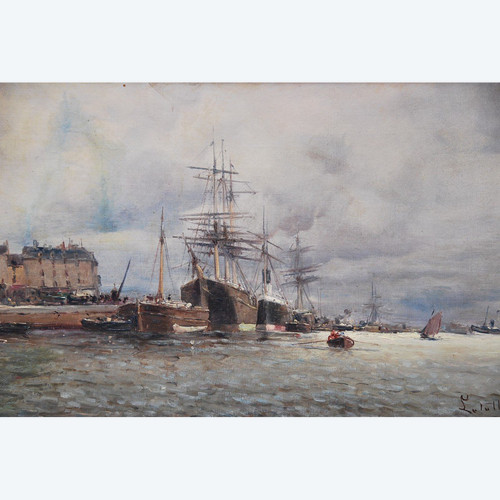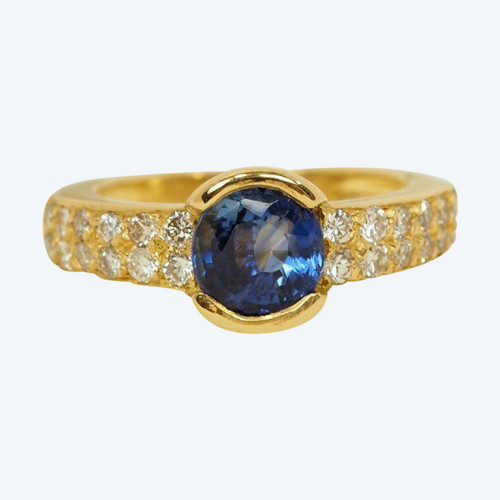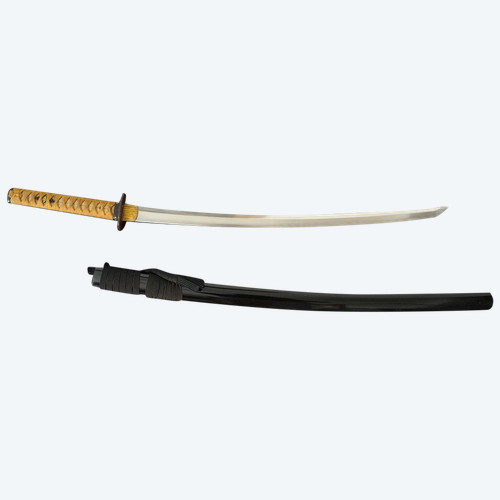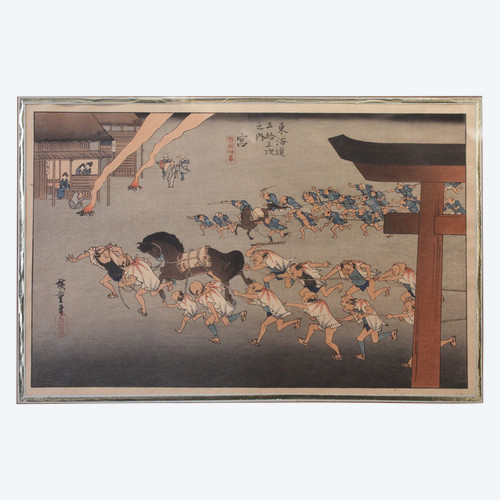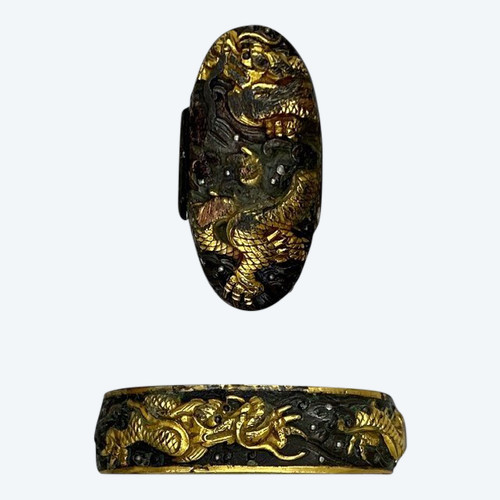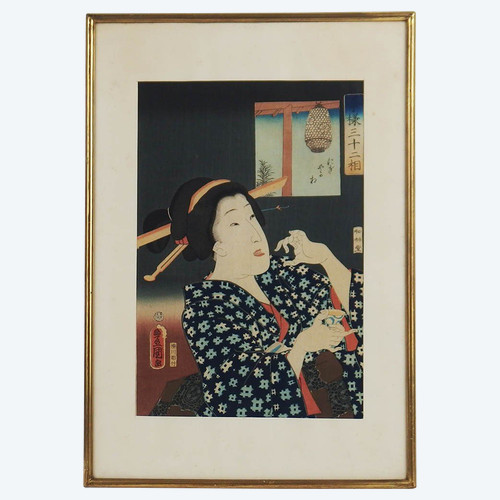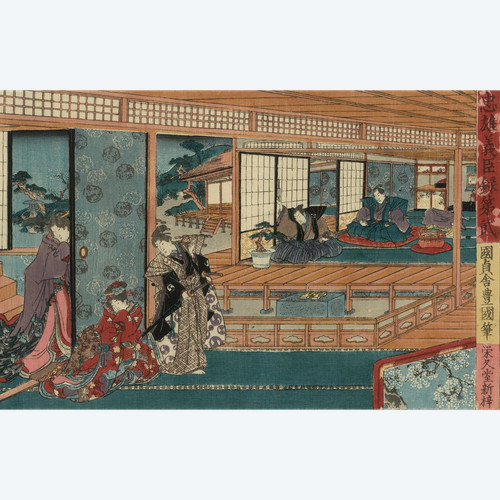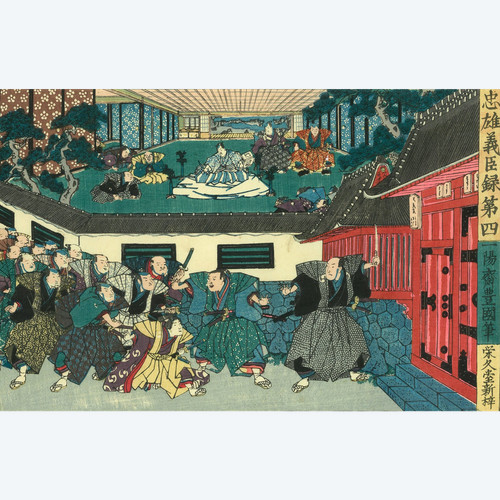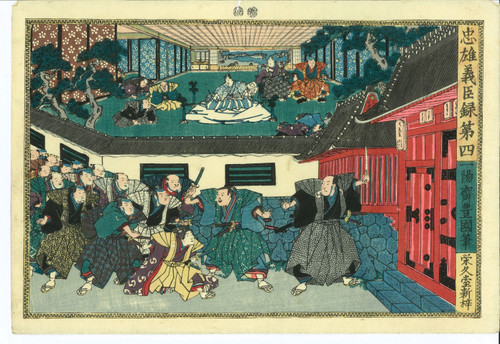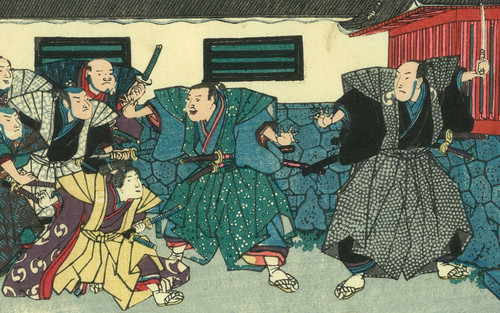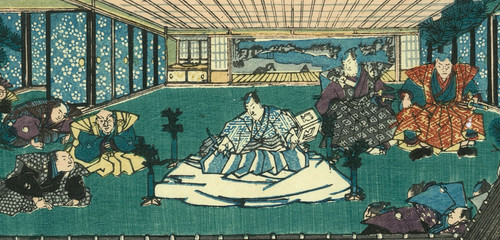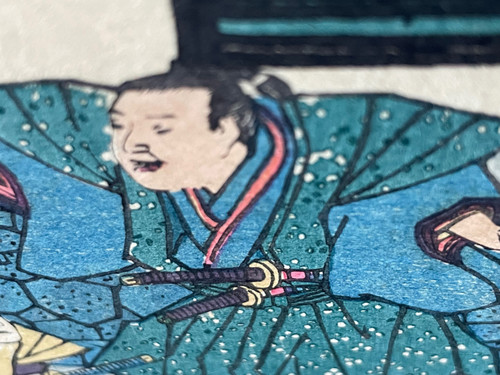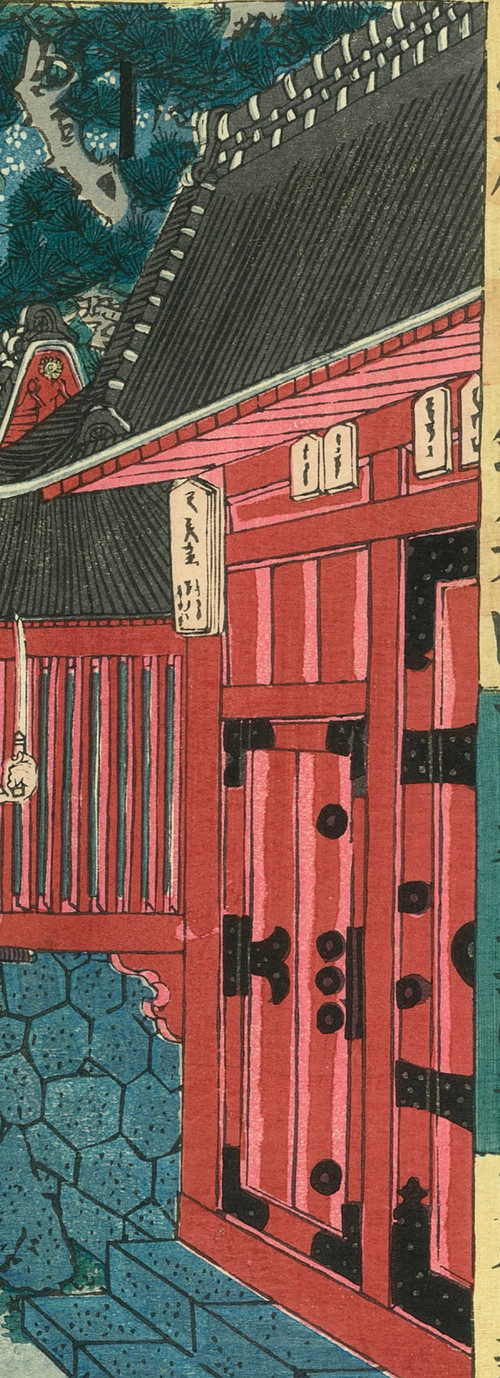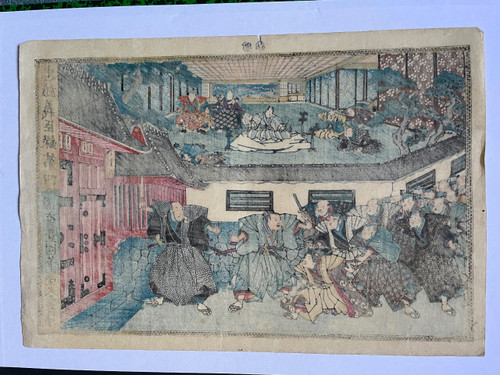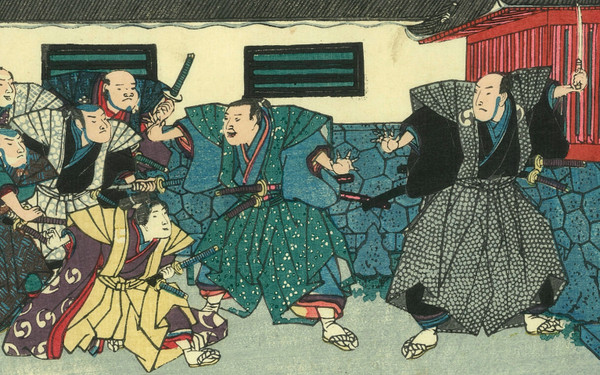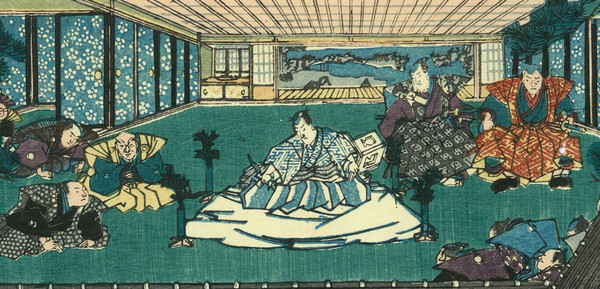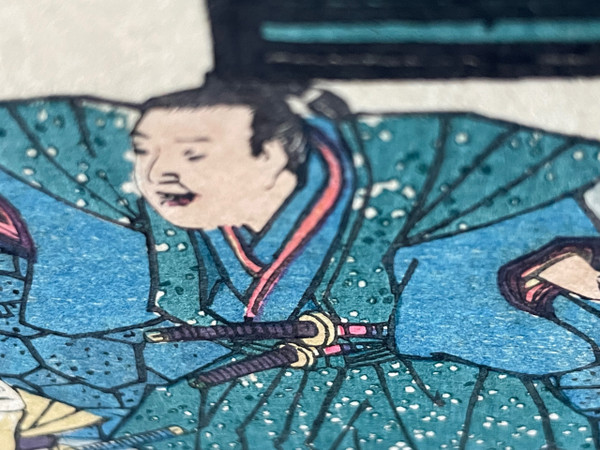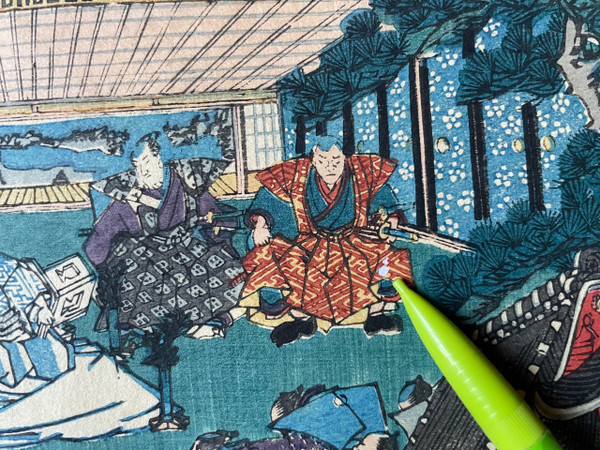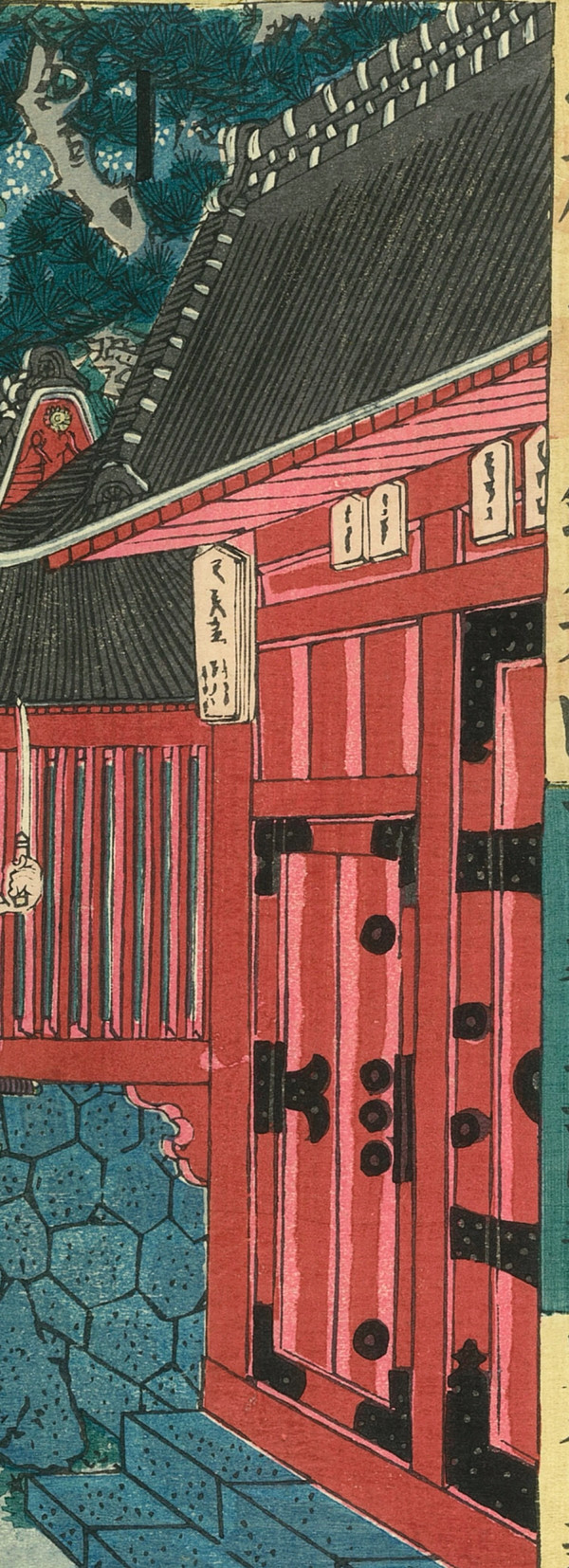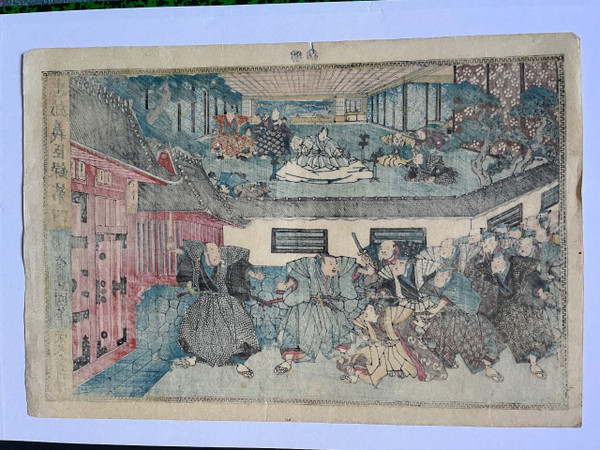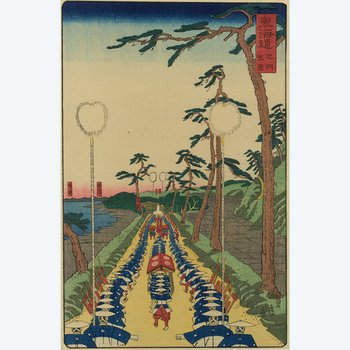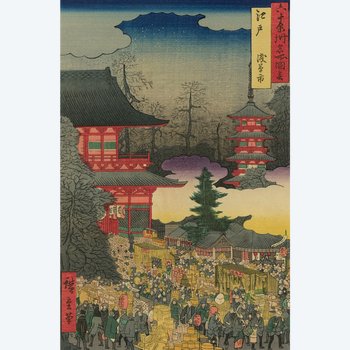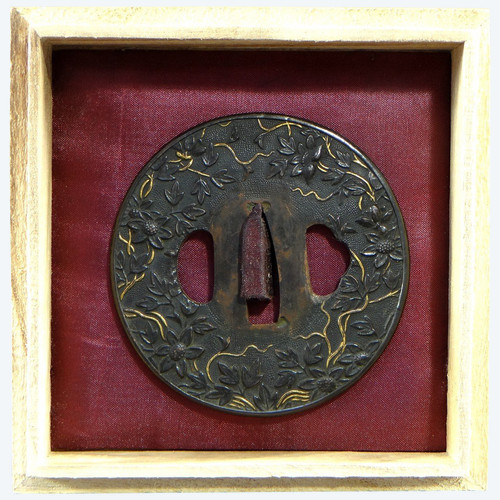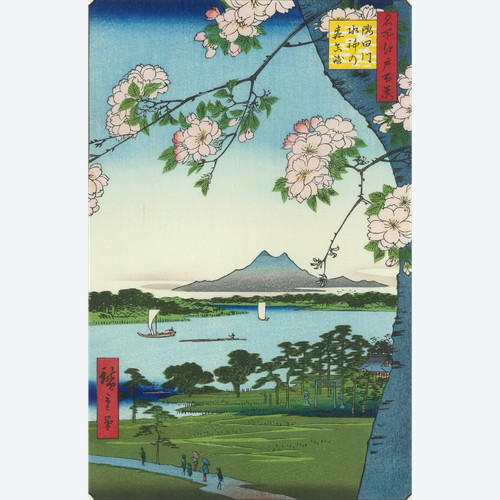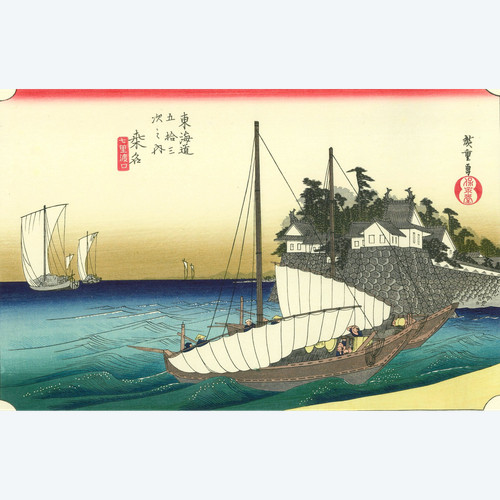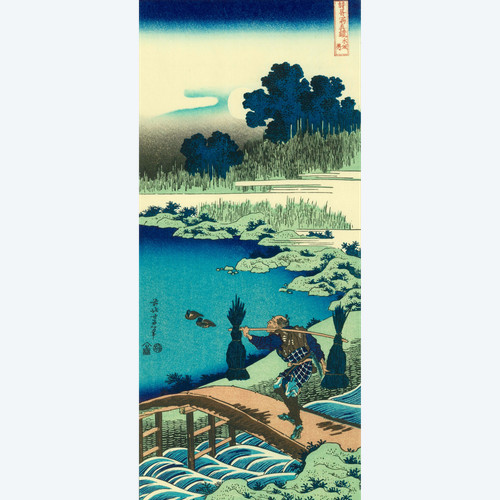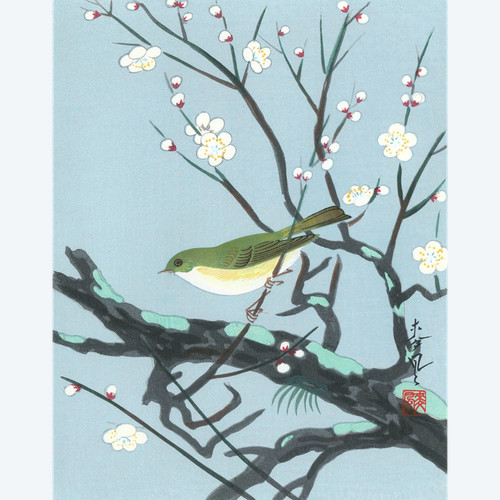This description has been translated and may not be completely accurate. Click here to see the original
Pretty Japanese landscape print Utagawa Toyokuni, Japanese print, representing the attack by an army of a feudal castle in Japan.
The colors and gradients are of quality. This is a very beautiful edition from the Edo era produced according to traditional Japanese methods of print production, in the rules of the art of ukiyo-e. It is always very pleasant to feel the relief of the wooden ink pads, when passing your hand over this print, photos 5 and 6 aim to show this relief and the quality of the washi paper used. Small 1mm hole visible in photo 6.
Very good condition, Edo era, Japan.
Dimensions, yuko-e orientation:
Height: 25.7 cm
Width: 37.5 cm
On Utagawa Toyokuni I:
He was born in Edo, the son of Kurohashi Gorobei, a craftsman who specialized in creating dolls and puppets, including depictions of kabuki actors. At the age of 14, Toyokuni became a student of Utagawa Toyoharu, founder of the Utagawa School. His father had a close relationship with Toyoharu, who resided nearby. Among Toyoharu's classmates was Toyohiro, whose most famous student became the notable artist Hiroshige.
In recognition of his skill, Toyokuni adopted the name Utagawa Toyokuni, following the tradition of using part of his master's name. Although he was trained in the ukiyo-e style, he always lacked the classical skills that other artists of his time, such as Utamaro or Eishi, possessed.
He was particularly interested in the works of Kiyonaga, Shunman, Choki and Eishi. Despite some notable successes, Toyokuni was primarily recognized as an all-around imitator. His most famous portraits depict kabuki actors, although his works are not as striking as those of Sharaku on the same theme.
Kunisada, also known as Utagawa Toyokuni III, is Toyokuni's most famous heir.
Ref: P838ZOZ7X7

